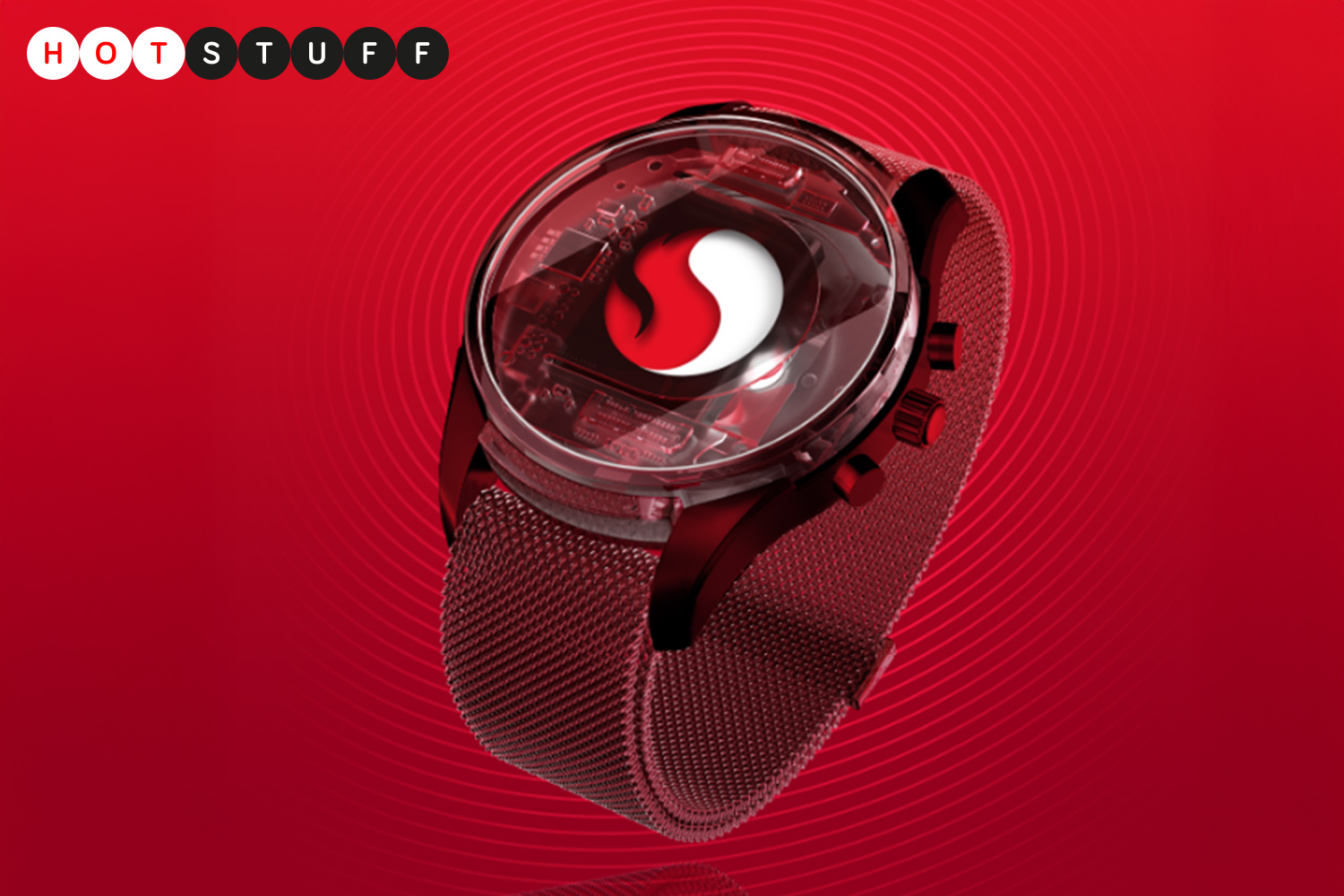The story of Honda’s birth is interesting: Soichiro Honda said that Toyota’s rejection to Buy his piston led him to found the company that bears his name. 76 years after its foundation, along with almost all its Japanese sisters, the manufacturer has its vehicles among the most reliable in the world. In full transition from the combustion engines, Jay Joseph, the CEO of Honda Australia, has surprised with his words:
“Battery electric cars are not the final objective. Better electric vehicles are a way to achieve carbon neutrality, although not necessarily the only one.”
Honda’s plan. According to Joseph, the Japanese firm will not neglect electric cars, which are working to improve components such as “solid state batteries.” However, its objective is “carbon neutrality” in 2050. It admits that to achieve it, the electric are “the most obvious path in the short and medium term”, but they will not focus only on them: “we will develop other technologies that help us achieve it,” he said.
The short term of Honda is hybrid. Robert Thorp, another Honda manager, believes that “while drums are gaining market share and generate a lot of media noise, in practice the choice of consumers remains hybrid.” And it gives as an example the growth in the SUVs: “the electric ones remain plans, and those of combustion are in decline, but all the growth is in the hybrids.” He does not believe that it is only because of the options available in the market, but for his belief “that for consumers, behavioral changes are difficult.”
Regarding hybrid SUVs, in Spain there are several among the best selling, such as the Kia Sportage, the Nissan Qashqai or the Toyota Yaris Cross, next to plug -in hybrids such as the Ford Kuga or the Hyundai Tucson.
Other technologies. Jay Joseph explained other areas where they see potential: the hydrogen fuel battery for saving load times. A vision that they also share with Toyota, Hyundai or BMW, but that faces an infrastructure problem, and that at the end of 2024 there were only 1,160 refueling stations worldwide, according to H2stations.
Why it is important. At a time when the industry has to decide what it wants to be in the next two decades, Honda continues among the brands that sell the most cars in the world, and growing in double digit in markets as profitable as the American. 20% of the market are already electric cars, and what they decide to do since their headquarters in Minato is very relevant due to the impact on the plans of the rest. In that sense, they already announced that although they did not withdraw from the electricity market, they did cut their sales forecasts, which came to estimate 30% of the total in 2030.
Cuts. As their Australian managers pointed out, which right now the market goes through the hybrid, Honda announced a 30% cut in its investment in electrification and software by 2025. In the background there is also the fact that governments around the world are making deadlines more flexible to comply with goodbye to combustion and emission regulations.
Thus, the skeptics of the electric car are in luck. But Honda does not forget them, and facing 2040 still maintains a clear plan: sell only electric and fuel cell. There is still a decade and a half to meet the goal, so they believe there is room for a gradual transition to the electric.
Aligned with whom he sells the most (and other manufacturers). Toyota is the largest car manufacturer in the world, and remains convinced that the electric car will not be the preferred option. They believe that investing more money in this technology is to “waste it”, because demand does not compensate to increase investments. At the end of 2023, Akio Toyoda, president of Toyota Motor Company said that “it doesn’t matter what the electric car improves, it will not go from 30%.”
The great Japanese manufacturer is convinced, as Honda, that the future is hybrid, and has interests not to say goodbye to the market where it has been a pioneer and with which it continues to reap records. Renault sees it in a similar way, and others as Volvo are reculating. In general, European manufacturers want more lax deadlines on the prohibition of selling combustion cars from 2035. The argument also reminds Honda’s: the electricity is not sold enough, and that is that Tesla itself sold less in 2024 than in 2023.
Main image | Sling
In WorldOfSoftware | “Without infrastructure, it is very difficult”: Volvo believes that the big problem of the electric car is in southern Europe











